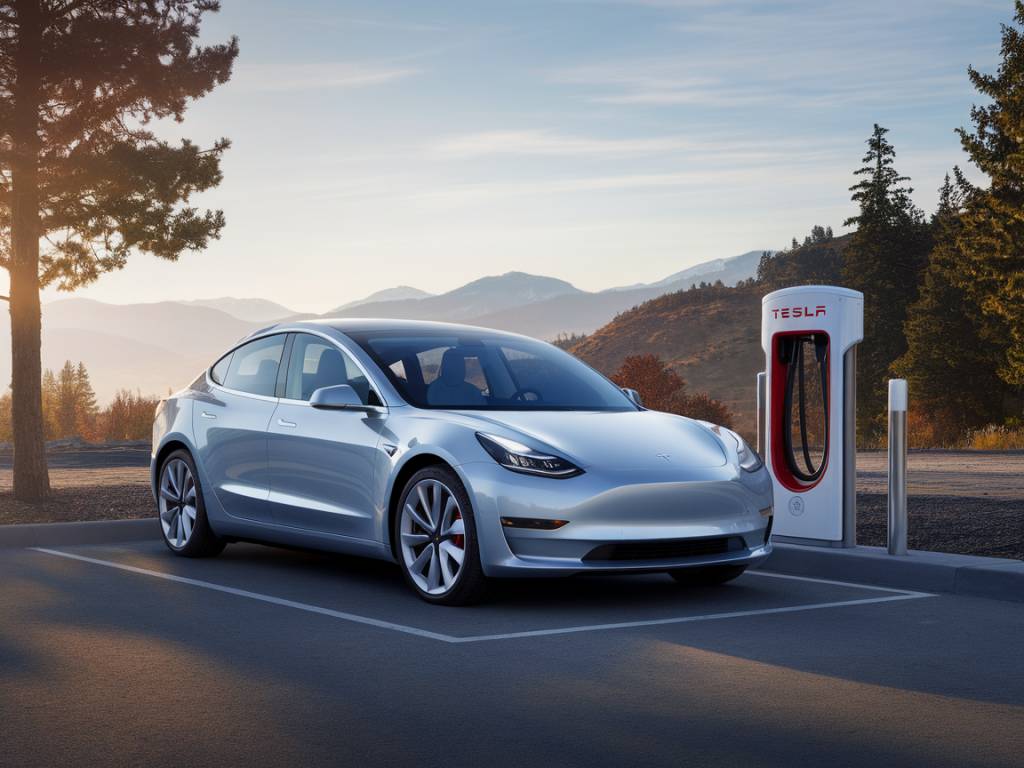The Rise of Electric Vehicles: A Game-Changer for the Planet
The transportation sector is one of the largest contributors to global carbon emissions, responsible for roughly 24% of CO2 emissions worldwide. But amidst this stark reality, electric vehicles (EVs) are emerging as a beacon of hope. Not only are they reshaping the future of mobility, but they are also playing a crucial role in addressing the pressing challenge of reducing our carbon footprints.
How exactly do EVs fit into this puzzle of sustainable living and climate action? What makes them a vital cornerstone in the transition to a greener future? Let’s dive in and uncover the transformative impact of electric vehicles on the environment—and our lifestyles.
Why Traditional Cars Are a Major Climate Culprit
Before we explore the potential of EVs, it’s essential to understand the scale of the problem posed by traditional vehicles. Internal combustion engine (ICE) vehicles rely on fossil fuels to operate, and in doing so, they emit greenhouse gases (GHGs) like carbon dioxide, methane, and nitrous oxide. It’s estimated that a single gasoline-powered car produces over 4.6 metric tons of CO2 annually—a staggering amount when multiplied by the millions of cars on the road globally.
And the problem doesn’t stop there. Beyond CO2 emissions, ICE vehicles contribute to severe air pollution, which negatively impacts public health through smog, fine particulate matter, and toxic gases. It’s a dual threat—climate degradation and human health risks. Enter electric vehicles as a solution that’s sparking a much-needed revolution.
How EVs Help to Reduce Carbon Footprints
Unlike their gasoline-fueled counterparts, electric vehicles are powered by batteries, which means no tailpipe emissions. But the environmental benefits go far beyond the absence of smog-inducing exhaust. EVs also help reduce carbon footprints across their lifecycle in the following ways:
- Lower Operational Emissions: When charged using renewable energy sources like solar or wind power, EVs can operate with nearly zero carbon emissions. Even when charged from a grid that uses fossil fuels, EVs still produce fewer emissions per kilometer compared to ICE vehicles.
- Improved Energy Efficiency: Electric motors are inherently more efficient than internal combustion engines. EVs convert around 60-80% of the electrical energy into vehicle movement, compared to just 20-30% efficiency for ICE cars.
- Reduced Dependence on Fossil Fuels: By shifting to EVs, we decrease our collective reliance on oil extraction and refining processes, which themselves contribute to GHG emissions and environmental degradation.
But let’s get real: the benefits of EVs aren’t just theoretical. Countries like Norway, where EV adoption is the highest globally, have already reported a significant drop in transportation-related emissions. It’s concrete proof that electrified mobility works.
The Importance of Clean Energy in the EV Equation
A critical aspect often overlooked in the EV discussion is the source of the electricity used for charging. Imagine replacing all gas-fueled cars with EVs, only to charge them using coal-generated electricity. The net improvement for emissions reduction would be marginal at best—a bittersweet victory.
This is why aligning the EV revolution with the growth of renewable energy is key. Governments and green technology companies are stepping up to foster this synergy. For instance, Tesla’s supercharger network incorporates solar energy solutions, while Volkswagen is investing billions in renewable-based battery production.
Locally, homeowners can install rooftop solar panels or invest in home energy storage solutions, creating a sustainable microgrid for their EVs. Imagine a future where your car is powered entirely by sunshine—now that’s green innovation worth getting excited about!
Addressing EV Challenges: Batteries and Recycling
While EVs have plenty of environmental upsides, they aren’t perfect. Critics often point to the production and disposal of lithium-ion batteries as a significant environmental concern. Battery manufacturing requires materials like lithium, cobalt, and nickel, which are often mined in ecologically fragile areas. Furthermore, improper disposal of worn-out batteries can lead to toxic waste issues.
Thankfully, the industry is rapidly innovating to solve these challenges. Advances in battery recycling technologies are already underway. Companies like Redwood Materials and Umicore are pioneering methods to recover valuable metals from old batteries, reducing the strain on natural resources. Simultaneously, research into solid-state batteries promises a future where EV batteries are more sustainable, efficient, and long-lasting.
The takeaway? While the EV ecosystem is not yet flawless, it’s continuously improving. And as public and private sectors collaborate, these challenges are being tackled with the urgency they deserve.
The Ripple Effect: Beyond Environmental Benefits
The impact of EVs extends beyond just reducing carbon footprints. Their adoption is driving sweeping changes in how we think about transportation and energy systems:
- Energy Independence: EVs contribute to local energy security by reducing reliance on imported oil.
- Economic Growth: The transition to electric mobility is generating jobs in the green technology and renewable energy sectors.
- Innovation Catalyst: EVs are fueling breakthroughs in areas like smart grids, vehicle-to-grid (V2G) systems, and AI-driven energy management.
Even culturally, EVs are transforming how we perceive sustainable living. Owning an EV often encourages individuals to explore other eco-friendly practices, creating a ripple effect that expands beyond transportation.
What Can You Do To Join the EV Movement?
So, are you ready to make the switch and reduce your personal carbon footprint? Here are a few steps to consider:
- Research the best EV model for your lifestyle and budget. Popular options include Tesla’s Model 3, the affordable Nissan Leaf, and the versatile Hyundai Kona Electric.
- Check for government incentives or tax breaks in your area to make EVs more affordable.
- Think about how you’ll charge your EV—whether it’s installing a home charging station or using public charging infrastructure.
- Explore pairing your EV with renewable energy, such as solar panels, for a truly green lifestyle.
By making conscious choices today, you can play a pivotal role in driving the EV revolution. Who knows—you might even inspire your friends, family, and community to follow your lead.
A Cleaner, Greener Road Ahead
The transition to electric vehicles isn’t just about cars; it’s about reimagining the way we interact with our planet. From cleaner skies to more sustainable energy practices, EVs are helping us inch closer to the vision of a carbon-neutral future. Of course, innovation doesn’t happen overnight, but every EV on the road is a step in the right direction.
So as you pass by a sleek, silent EV on the streets, consider this: it’s not just a car; it’s a symbol of change, progress, and the power of collective action. Ready to join the journey?






More Stories
Powering Data Centers Sustainably: The Role of Renewable Energy in the Digital Age
Integrating Biophilic Design with Green Technology: A New Paradigm for Sustainable Living
How virtual reality is transforming modern manufacturing processes